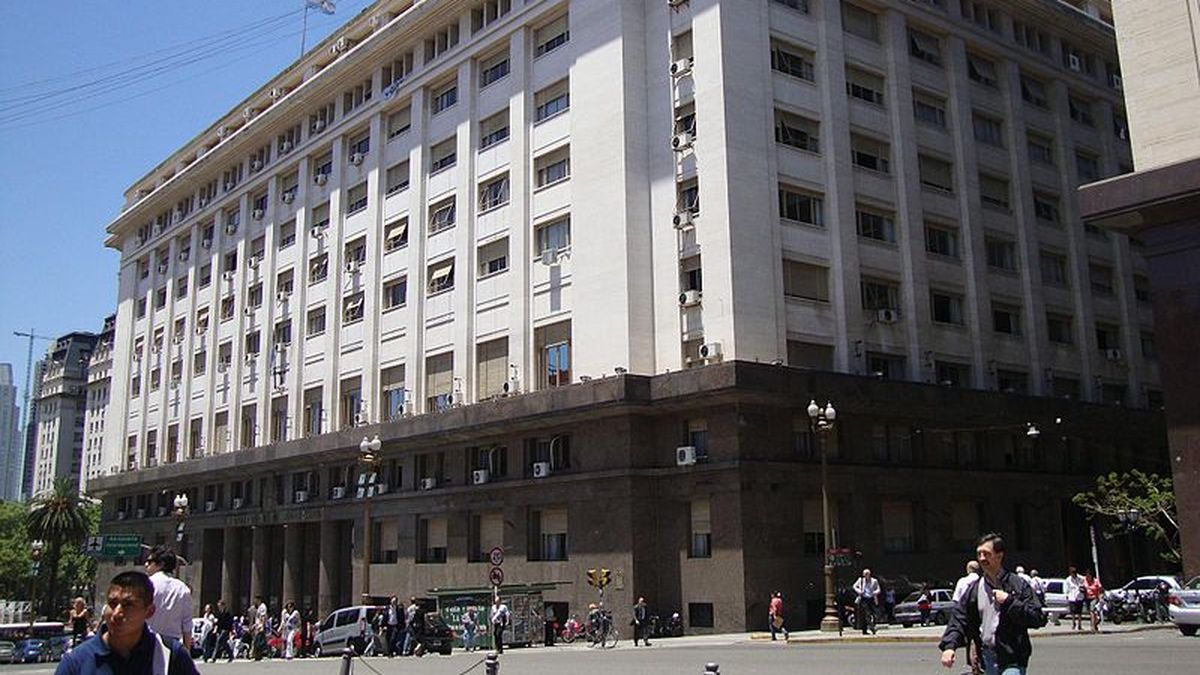At the end of a year in which uncertainty was the common denominator among investors, especially from the second half of the year, the level of financing achieved by the Government in terms of pesos was very good. but youHe had to reduce the term of placements to no more than four months on average.
In just a few days, a very demanding schedule of commitments with the domestic market will begin to operate. Next month the Treasury has to get pesos to pay maturities for $1.13 trillion, of which $800,000 million are in private hands. That is the real challenge. For similar figures, in 2022 Economy organized debt swaps.
For now, For the last tender, the Government displayed a menu that will be made up of three instruments at a fixed rate. First, a Lelite as of January 20 only for mutual funds, at a nominal rate of 69%, the same as in the two previous tenders, but this time for more days. While, will reopen the Lede on April 28 and will offer a new Lede expiring on May 31. “The letter already issued yields around 83/83.75% nominal per year in the secondary market, while the new letter per curve could come out in the range of 85.75/86.75%”, PPI pointed out.
With that, The operators hope that the Ministry of Finance, led by Eduardo Setti, will try to capture the largest amount of funds possible, above the maturities of the month, to arm itself with a “cushion” to resolve the first commitments of 2023.
The fund manager Adcap Grupo Financiero, points out in its latest report for the market that “this week there is a new Treasury tender that, although it is not relevant, could lbe able to generate positive surprises due to the size of the tender, indicating that Minister Sergio Massa wants to raise funds in advance for January”.
For its part, the consultancy LCG pointed out that Finance “ends the year with a rollover rate of 168% per year, taking pressure off the next tender on Wednesday, December 28.” According to its estimates, in December the Government achieved a rollover rate of 230% as opposed to November, which had left a level of 99%. In the bidding of November 14, except for what was placed in Liquidity Bills and Bonte 2027, the average term was four and a half months, where the maximum duration was in July, corresponding to a linked dollar title.
When analyzing the yield curves, LCG highlights that, While the shortest CER-adjustable securities are trading close to par, those with a 2024 maturity yield CER plus 10%, while those that mature between 2026 and 2028 do so at CER plus 12%. In the case of dollar-linked securities, those maturing within 2023 yield 2% above the variation in the official exchange rate, while at a more distant horizon (2024) the yield is an average of 10%.
Source: Ambito
David William is a talented author who has made a name for himself in the world of writing. He is a professional author who writes on a wide range of topics, from general interest to opinion news. David is currently working as a writer at 24 hours worlds where he brings his unique perspective and in-depth research to his articles, making them both informative and engaging.




